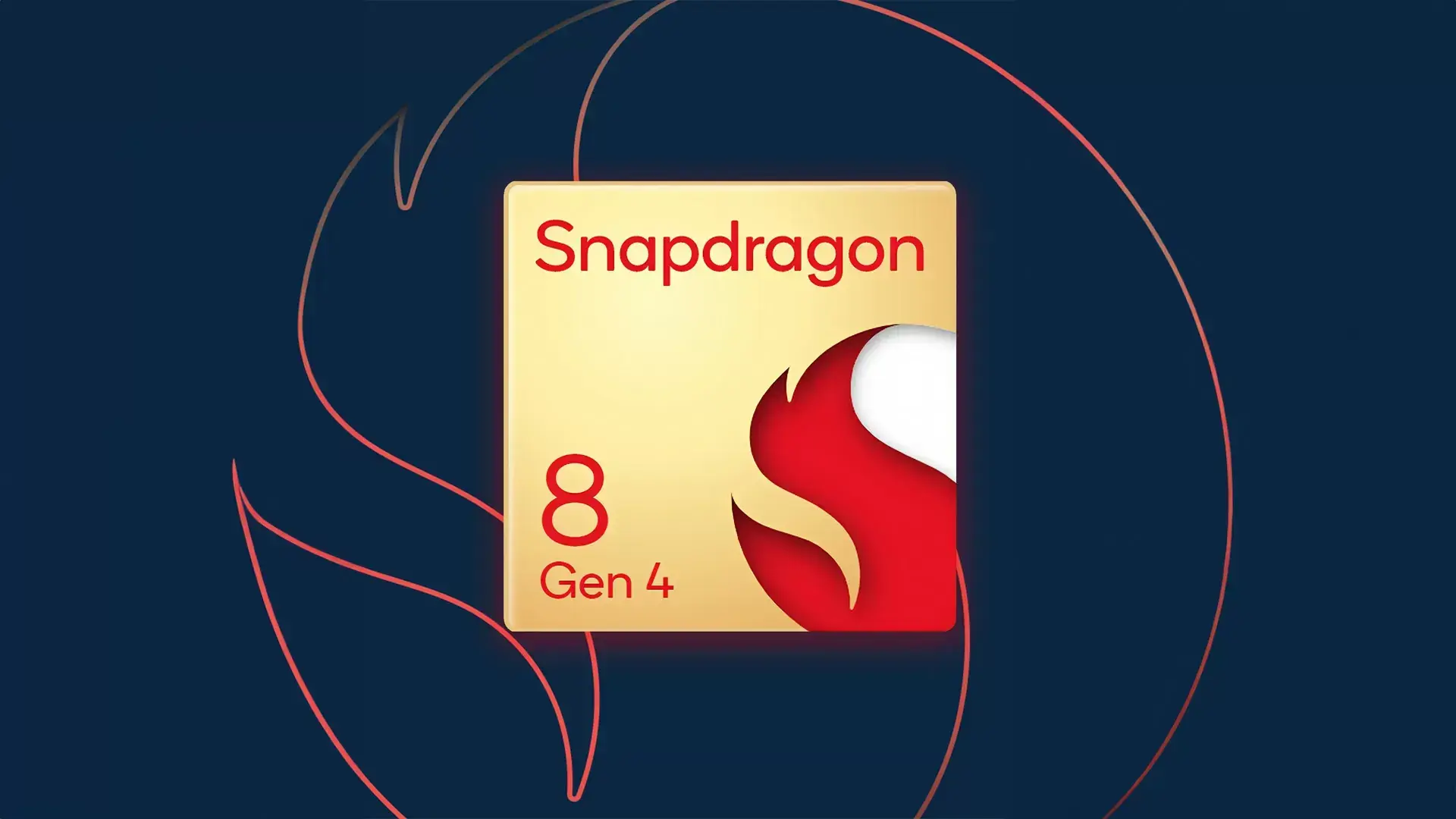Recent speculations reveal that several upcoming flagship smartphones powered by Qualcomm’s Snapdragon 8 Gen4 processor, such as the iQOO 13 series, OPPO Find X8 series, OnePlus 13, and Realme GT6 Pro, will all be equipped with ultra-large capacity batteries exceeding 6,000mAh.

This signifies that Snapdragon 8 Gen4 devices will enter a new era, the era of 6000 mAh battery for Android devices. The reports indicate that these Snapdragon 8 Gen4 flagships will utilize a new generation of high-density silicon anode batteries. This shift in battery technology is an evolutionary step, as traditional graphite-based negative electrodes have reached their performance limits.
Rise of Silicon-Based Batteries
Silicon-based negative electrode materials offer a theoretical specific capacity of 4,200mAh/g, which is nearly 12 times the theoretical limit of graphite. This significant increase in energy density is the primary reason why manufacturers are embracing silicon-based batteries for their upcoming flagship devices.
The adoption of these ultra-large 6,000mAh batteries is a direct response to the power-hungry nature of the Snapdragon 8 Gen4 chip. Also, rumours suggest that the new chip may feature a 2+6 core setup. This eliminates the possibility of including efficiency cores to reduce power consumption.
Potential Challenges and Concerns
While the move to 6,000mAh batteries promises to solve battery life anxiety, it also raises some concerns. Larger batteries and more power-hungry chips could lead to increased heat generation, potentially causing discomfort for users and even throttling device performance.
Also, the shift to larger battery capacities may result in bulkier and more cumbersome smartphone designs, as manufacturers struggle to accommodate the increased power requirements.
The Importance of Efficiency
Qualcomm has a vested interest in ensuring the Snapdragon 8 Gen4 chip is power-efficient. There is intense competition in the market from rivals like Google’s Tensor chips and Apple’s A-series Bionic chips. For this reason, Qualcomm can not afford to lag behind. The company will likely address potential issues with the Snapdragon 8 Gen4’s power consumption. It still has some time before the launch of the chip so some things can change.
Conclusion
The transition to 6,000mAh batteries in Snapdragon 8 Gen4 Android flagships is a significant development in the smartphone industry. While it addresses the power-hungry nature of the new chip, it also introduces challenges related to heat management and device design.
As the industry continues to push the boundaries of performance and battery life, it will be crucial for manufacturers to strike a balance between raw power and energy efficiency. The success of these upcoming Snapdragon 8 Gen4 devices will depend on their ability to deliver exceptional performance. It will also depend on their ability to not compromise user experience.





